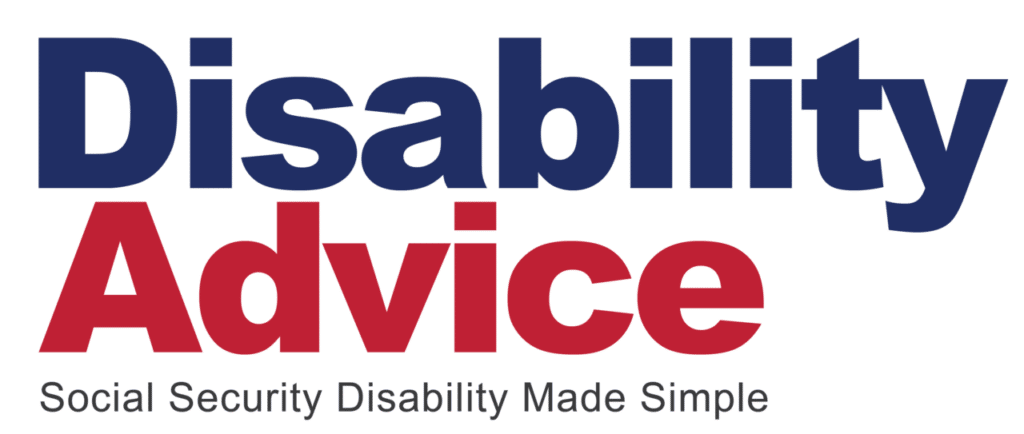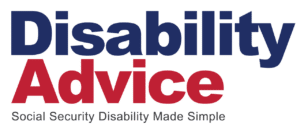SSDI and Food Stamps
The U.S. federal government provides financial support to low-income people through various programs, including Social Security Disability Insurance, Supplemental Security Income (SSI), and food stamps. Social Security Disability Insurance, or SSDI, is a monthly benefits program for people who can no longer work due to a disability. The food stamps program, formally known as the Supplemental Nutrition Assistance Program, or SNAP, helps low-income individuals and families purchase food.
- Individuals receiving SSDI may qualify for food stamps through the Supplemental Nutrition Assistance Program (SNAP), depending on their income and household size.
- SSDI benefits are counted as income when determining eligibility for food stamps, but certain deductions can reduce the countable income.
- Applying for food stamps can provide additional financial support for SSDI recipients struggling to afford groceries.
- The combination of SSDI and food stamps can help disabled individuals meet their nutritional needs more effectively.
Although each program serves different purposes and has eligibility criteria, many people qualify to receive SSDI and food stamps simultaneously. Not all food stamp recipients receive SSDI, but there is overlap between the two programs.
Difference in Qualifying for Food Stamps and SSDI
The SSDI and food stamp eligibility criteria differ in their income limits, disability requirements, and work rules, but both programs serve similar populations.
Qualifying for Food Stamps
SNAP is available to people of all ages who meet their state’s income and asset limits. Those exact limits are based on each applicant’s household size, and they change from year to year.
For example, the Texas 2025 SNAP gross income limit for a family of four is $4,125 per month, while New York’s is $3,380 for the same household size. New York has no asset limits for most applicants, while most Texas residents only qualify for SNAP if their countable resources are $5,000 or less.
For individuals who are unable to work due to disability, New York offers other benefits, such as Social Security Disability Insurance (SSDI) claims, which can provide crucial financial support for those who qualify.
Federal rules also establish work requirements for SNAP recipients. Most individuals aged 16 to 59 must meet the general work requirements to receive food stamps. These guidelines require individuals to take measures such as:
- Registering for work
- Participating in employment and training
- Accepting suitable job offers
- Aiming to continue working at least 30 hours a week
Individuals aged 18 to 52 who don’t have dependents may also need to meet the able-bodied adult without dependents, or ABAWD, work requirement to receive food stamps for an extended period. You can satisfy this requirement by participating in any type of work or work program for at least 80 hours a month or the number of hours SNAP assigns to you each month. However, individuals with disabilities are generally exempt from these work requirements.
Qualifying for SSDI
SSDI is reserved for people who formerly worked but can no longer work because of a disability. To receive SSDI benefits, you must have a severe, long-term medical condition that prevents you from performing “substantial gainful activity.”
This includes conditions like narcolepsy, diabetes, or sickle cell disease, which can severely impact an individual’s ability to maintain consistent employment.
Under the 2025 threshold, your condition must prevent you from making at least $1,620 per month if you are not blind and $2,700 if you are blind.
To qualify for SSDI, you must also have earned enough “work credits” by paying Social Security payroll taxes over a prescribed period. The number of work credits you need to be eligible for SSDI benefits depends on your age when you became disabled.
Qualifying for Both SSDI and Food Stamps
Households with occupants who are disabled or 60 years or older have different SNAP eligibility requirements than other applicants. Those households may be eligible for food stamps if their net income is at or below the federal poverty line, which in 2025 is $31,200 for a four-person household in most states. Additionally, a household’s countable assets must not exceed $4,500. Households made up entirely of elderly or disabled individuals are also not subject to work requirements.
SNAP considers a person to have a disability if they receive federal disability payments under the Social Security Act, including SSDI. That means most SSDI recipients are eligible to receive food stamps if their household’s income and assets fall below the current thresholds.
Does SSDI Count as Income for SNAP Eligibility?
Yes, SSDI payments count as income for SNAP eligibility. That means if you receive $1,200 per month from SSDI, that amount will be included in your household’s total income when eligibility for food stamps is determined.
If your household income with SSDI benefits exceeds the federal poverty line, you may still be eligible for SNAP with the excess medical expense deduction. This measure allows you to deduct any out-of-pocket medical expenses over $35 per month from your gross income, and there is no limit to how much you can deduct. This deduction can lower your household income and make you eligible for SNAP benefits.
How To Apply for Food Stamps
Each state has a different process for applying for food stamps. Many states have online application forms, while some require you to complete a paper application.
The first step is to contact your local SNAP office. You can find it using the SNAP State Directory of Resources. Your local SNAP office can guide you through the next steps to apply for food stamps. The process is usually the same for SSDI recipients as for others.
Tips for Managing Both Benefits
Maximizing both SSDI and SNAP benefits can provide more financial stability for a disabled individual. Some forethought can go a long way in managing dual benefits for SSDI and SNAP.
Budgeting and Planning
Make sure to use your SNAP benefits to pay for all eligible food. SNAP benefits roll over to the next month if you do not use all of them, but be mindful of the expiration date. You permanently lose your accumulated benefits if you do not use any SNAP funds for nine months.
Prioritize nutritionally dense foods and essentials when planning your grocery list. This strategy can help stretch your SNAP dollars and free up more of your SSDI benefits for other necessities such as housing and medical expenses.
Reporting SSDI/SNAP Changes
Don’t forget to keep both agencies updated about changes in your income or living situation. If you fail to report these changes, you may receive incorrect amounts from both programs, leading to an overpayment that needs to be paid back later.
If you receive SSDI, the Social Security Administration requires you to report changes that can impact your income or disability status. Examples include changes in employer, work hours, and wages. If you receive SNAP, you must also report changes in your income and number of household members to your local SNAP office.
Learn More About Receiving Food Stamps While on Disability
Receiving SSDI and SNAP benefits concurrently can improve your quality of life and ease the financial strain often associated with living with a disability. We want to help you make the most of these programs.
To learn more about applying for SSDI and food stamps, contact Disability Advice for personalized assistance and resources.
- Free case evaluation
- Assist with denied claims
- Ensure you have all documents
- Make the process easy for you

“Professionalism at its best. From intake to getting my claim started, they are the ones you need. 100% recommend to everyone.”
Pablo P.

“Having never gone through this process before, it was very easy and straightforward. VERY professional and polite.”
Alan A.

“I had a great experience with my representative. She was very friendly and she made the process very easy. I’m glad I had the pleasure to work with her in filing my claim. She provided great customer service.”
Dana C.

“I was very nervous about reaching out for help with disability benefits. This experience was so much easier than what I thought it would be. They were understanding and supportive, and answered all of my questions. I would highly recommend them.”
Alice P.

“One of the best customer service experiences I have ever had. Patient and kind and couldn’t of made my experience better. Thank you for all the help.”
Jama M.

“I was very pleased and impressed by the advocate. I feel that my chances of receiving my disability benefits are more likely to come in a timely manner.”
Danny C.
Fill in the form below and let us know how we can help you!
"*" indicates required fields

“Professionalism at its best. From intake to getting my claim started, they are the ones you need. 100% recommend to everyone.”
Pablo P.

“Having never gone through this process before, it was very easy and straightforward. VERY professional and polite.”
Alan A.

“I had a great experience with my representative. She was very friendly and she made the process very easy. I’m glad I had the pleasure to work with her in filing my claim. She provided great customer service.”
Dana C.

“I was very nervous about reaching out for help with disability benefits. This experience was so much easier than what I thought it would be. They were understanding and supportive, and answered all of my questions. I would highly recommend them.”
Alice P.

“One of the best customer service experiences I have ever had. Patient and kind and couldn’t of made my experience better. Thank you for all the help.”
Jama M.

“The person I spoke with was very knowledgeable and very thorough with answering all of my questions and making sure all my information was correct. He was very patient, kind, and was very helpful. I wasn’t sure if I would qualify, and he checked and took all of my information. The process was made very easy, thank you so much for your help.”
Patrice I.


